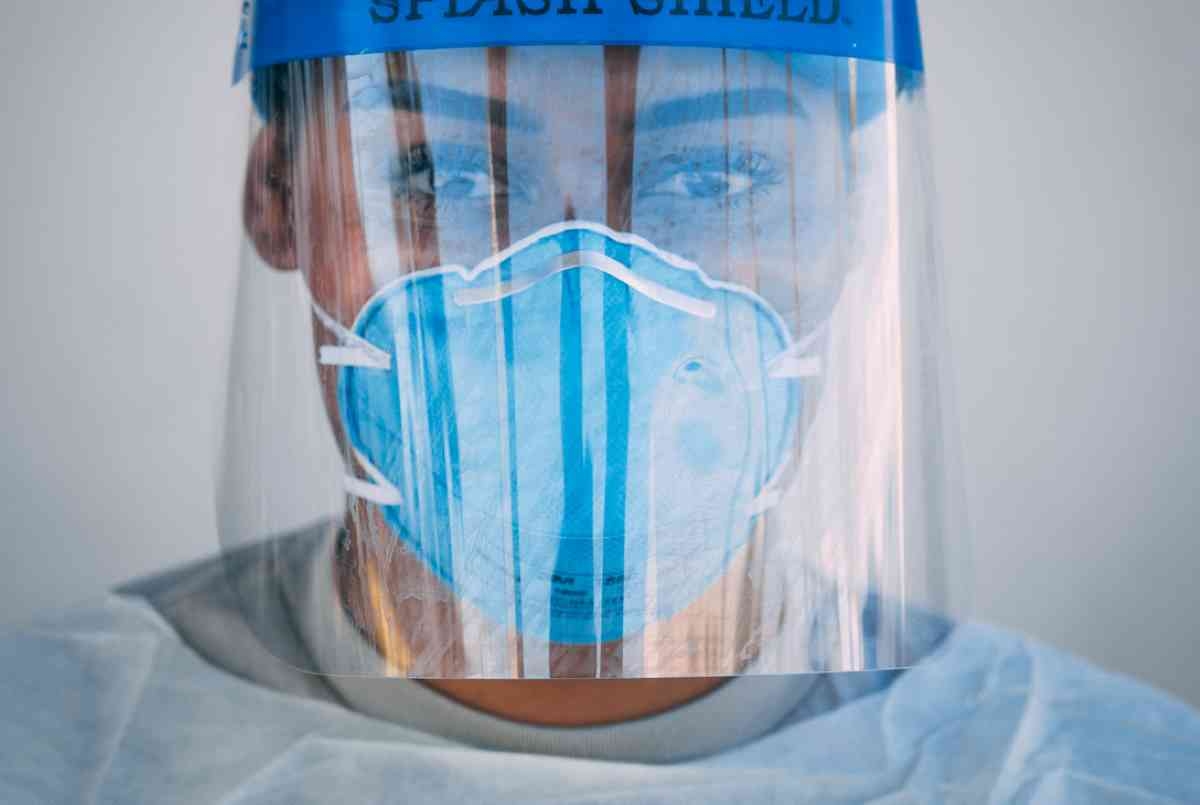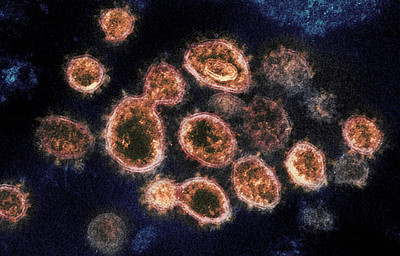Physical Address
304 North Cardinal St.
Dorchester Center, MA 02124
Physical Address
304 North Cardinal St.
Dorchester Center, MA 02124
Being human in this 'brave new world'
Being human in this 'brave new world'

VIRUSES will mutate in spasms of trial and error until one randomly develops the right attributes at the right time, thus leading to the unique adaptation in the coronavirus genetic code that makes it much more transmittable than SARS.
It only takes a few small mutations, on the order of a couple of nucleotide, to make a virus more deadly.
Scientists know how a virus attaches to a human cell, uses its external spike protein to enter that cell, and thus causes pathological symptoms to arise.
Once within our cells, a virus will hijack the cells own reproductive features to replicate more versions of the virus and so ensure the survival of that varient.
The SARS virus will enter an infected person’s lung cells quickly, and then rapidly reproduce, making that person quite sick in a short space of time.
The patient can then be identified swiftly and quarantined before others get too close for the virus to spread by being sneezed or coughed on.
But, coronavirus on the other hand first enters human cells that are within the throat, which causes a dry persistent cough, but no other serious symptoms.
Its protein spikes are adapted to easily attach to the tiered protein nodules on the surface of human cells in the throat, this allows it to embed here first.
The milder symptoms expressed as the virus invades cells in the throat allow the infected person to remain active and resume daily habits, such as meeting others, until the virus begins to move into the lungs, but by this stage the infected person has infected many others with the contagion.
After a week to ten days coronavirus will move into the lungs and replicate through the lung cells just as SARS does, causing respiratory distress in many patients.
Comparatively the SARS virus is much less effective in its ability to transmit itself and thus replicate and survive for longer. This is because infected patients express severe respiratory symptoms not long after first infection.

Coronavirus acts in stealth, waiting at least a week before compromising lung cells and replicating en masse in the respiratory organ, where it can do most of its damage.
The HIV virus for instance must attach two protein spikes to enter a cell, the high fatality MERS virus must attach to one.
We have proteins on the surface of our cells to help in regulating the cell with the external bodily environment around it.
These external proteins help to regulate blood pressure, our immune systems response and the sugar levels of our blood.
Coronaviruses typically use a protein spike on their surface to attach to proteins on our cells called, spike protein to a protein on our cells called ACE2.
Global deaths for SARS in 2002 and 2003 were only 774 people, much less than the current number of deaths from coronavirus that now stand at 70,344.
SARS had a 15 percent mortality rate.
It is too early to calculate the mortality rate from coronavirus, but a recent Lancet report suggests that it may be as high as 20 percent in Wuhan due to the lag between those infected and those who eventually perished.
Lastly, an interesting fact about viruses, they evolved around 1.5 billion years ago, and are considered to be not technically alive, because they cannot replicate, metabolize and respirate on their own.
They always need a host.